Optimising Quality Assurance and Quality Control with Field Technologies
With an increased need to simplify the complicated construction process to ensure seamless coordination across various moving parts, attention to detail is key. Every small oversight or clash in the design process can have a substantial impact on the overall schedule as well as the environment.
Reducing these delays is no easy feat, but with an accurate, constructible model, contractors everywhere are doing just that.
By leveraging constructible building information model (BIM) data alongside field technologies like Robotic Total Stations, 3D Scanners, and Mixed or Augmented Reality, contractors are not only able to identify issues early, but can improve the design and execution of the project in real-time. These tools are often used for quality assurance and quality control before work is done which can significantly reduce rework and wasted materials.
Let’s take a closer look at how contractors are using these tools on the jobsite for improving productivity and sustainability.






